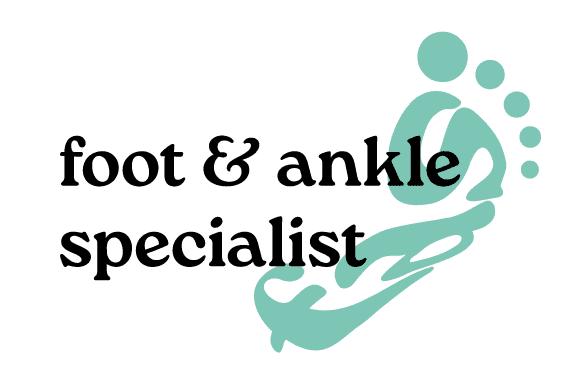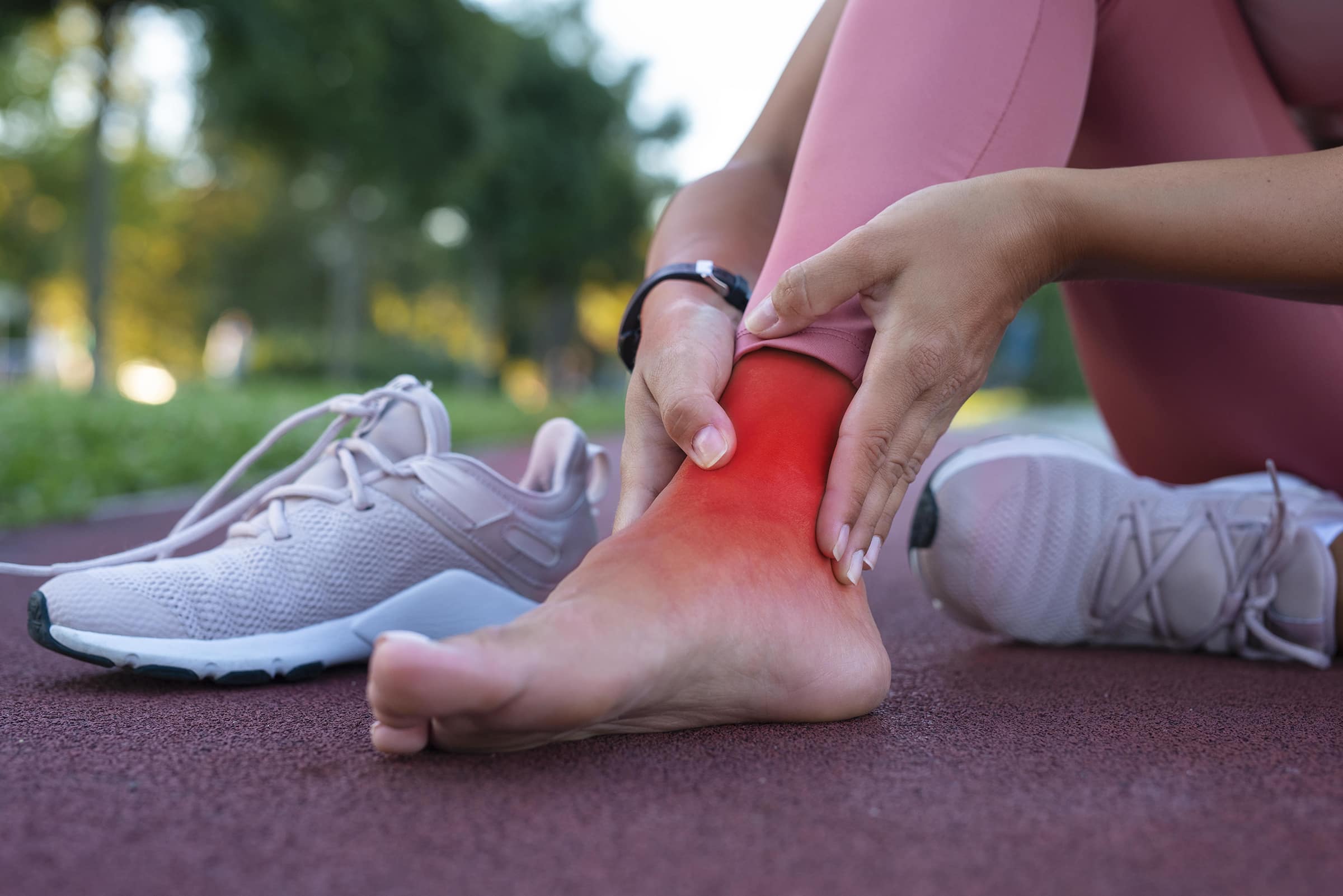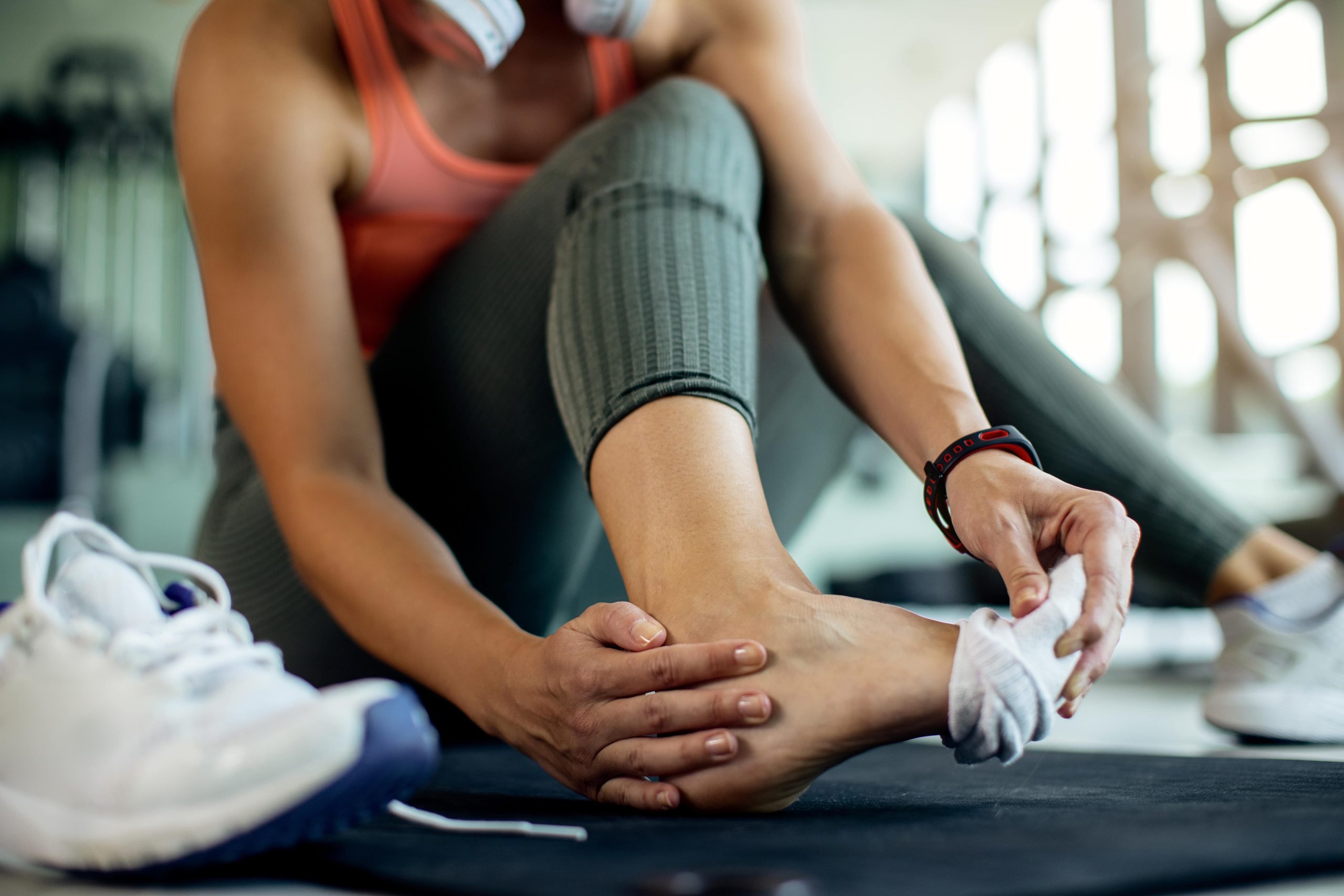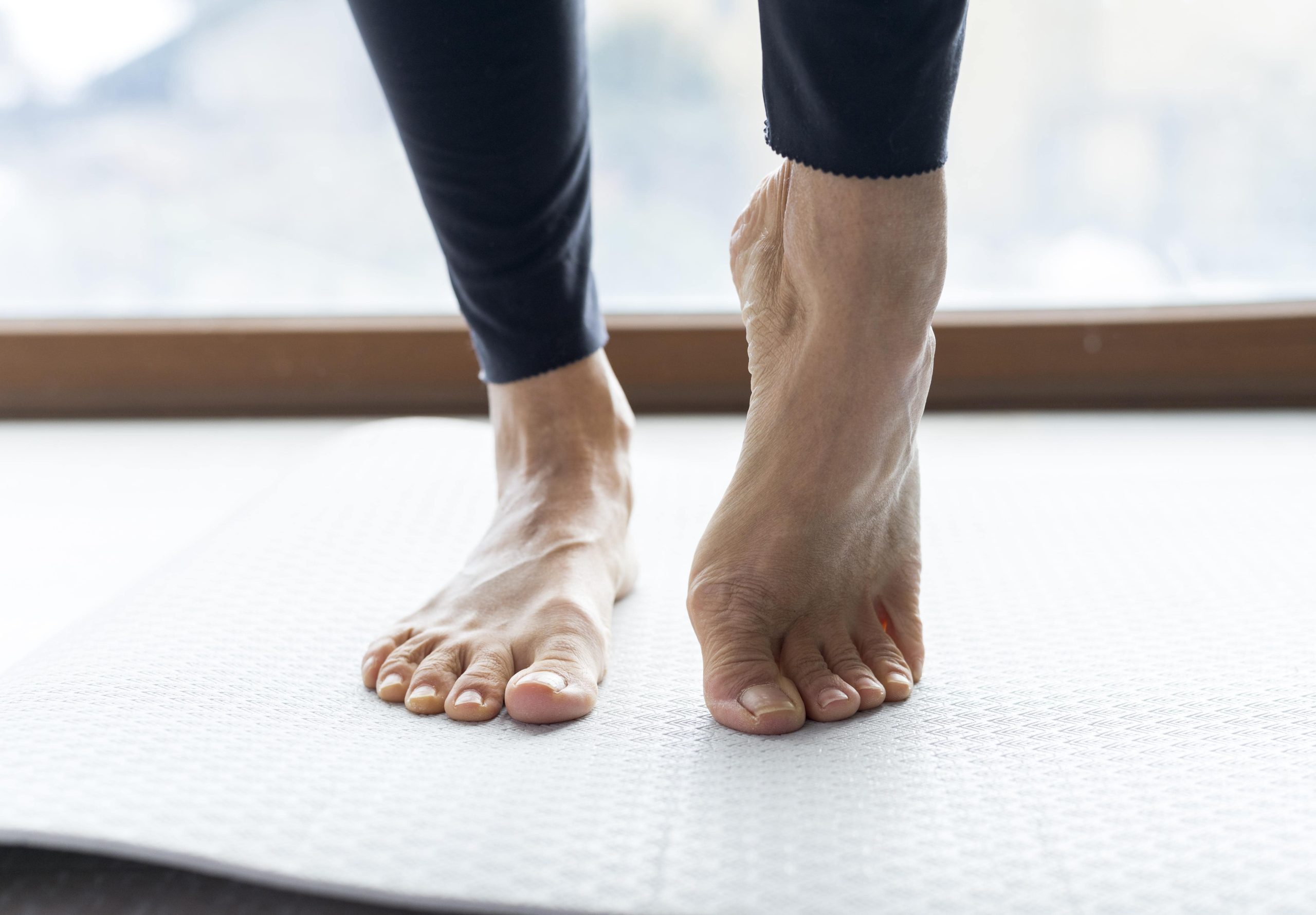Ankle injuries are one of the most common setbacks for athletes and active individuals — especially during sports that involve running, jumping, or rapid direction changes. Sprains, ligament tears, and even fractures can not only sideline you but lead to long-term instability if not managed properly.
As a consultant foot and ankle specialist in Windsor, Mr. Callum Clark sees firsthand how preventable many of these injuries can be. Whether you’re a weekend runner, team sport player, or fitness enthusiast, this guide will help you stay injury-free this season.
Common Sports-Related Ankle Injuries
Before we talk prevention, let’s understand the most frequent ankle issues in sport:
- Ankle sprains – Stretching or tearing of the ligaments (most often the lateral ones)
- Chronic ankle instability – Repeated sprains that weaken the joint over time
- Achilles tendon injuries – Overuse or acute rupture of the Achilles tendon
- Peroneal tendon injuries – Damage to the tendons running along the outer ankle
- Ankle fractures – Breaks involving the ankle joint, sometimes needing surgery
7 Proven Ways to Prevent Ankle Injuries
1. Warm Up and Stretch Before Activity
Dynamic stretching and light aerobic movement before training increases blood flow and reduces stiffness, especially in the Achilles and calf muscles.
2. Strengthen Your Ankles and Lower Legs
Targeted exercises such as single-leg balance, resistance band eversion/inversion, and calf raises help support and stabilise the ankle.
3. Wear the Right Footwear
Shoes that are sport-specific and offer good ankle support and cushioning are critical. Worn-out trainers or unsupportive footwear can dramatically increase your risk.
4. Train on Stable Surfaces
Avoid uneven ground or slippery surfaces during intense activity, especially if you’re returning from injury.
5. Use Bracing or Taping (If Needed)
For athletes with previous ankle injuries, braces or athletic taping can provide external support — particularly during high-risk movements.
6. Cross-Train to Avoid Overuse
Switching up your activity (e.g., cycling instead of running) reduces repetitive stress on your ankle joints and tendons.
7. Listen to Early Warning Signs
Persistent stiffness, weakness, or instability shouldn’t be ignored. These are signs your ankle needs attention before a bigger injury occurs.
Already Had an Ankle Injury? Rehab Is Key.
Many patients resume activity too soon after a sprain or strain. Without proper rehab and strengthening, you risk chronic instability or repeated injuries.
Mr. Callum Clark works closely with physiotherapists to support full recovery — ensuring your return to sport is both safe and strong.
Need Help With a Sports Ankle Injury in Windsor?
If you’ve suffered an ankle injury or feel like your ankle isn’t as stable as it should be, it’s time for a professional assessment. As a specialist in sports foot and ankle injuries in Windsor, Mr. Clark provides:
- Comprehensive assessment and imaging
- Personalised treatment plans (including non-surgical options)
- Surgical care for ligament tears or fractures when needed
- Post-injury rehabilitation guidance



